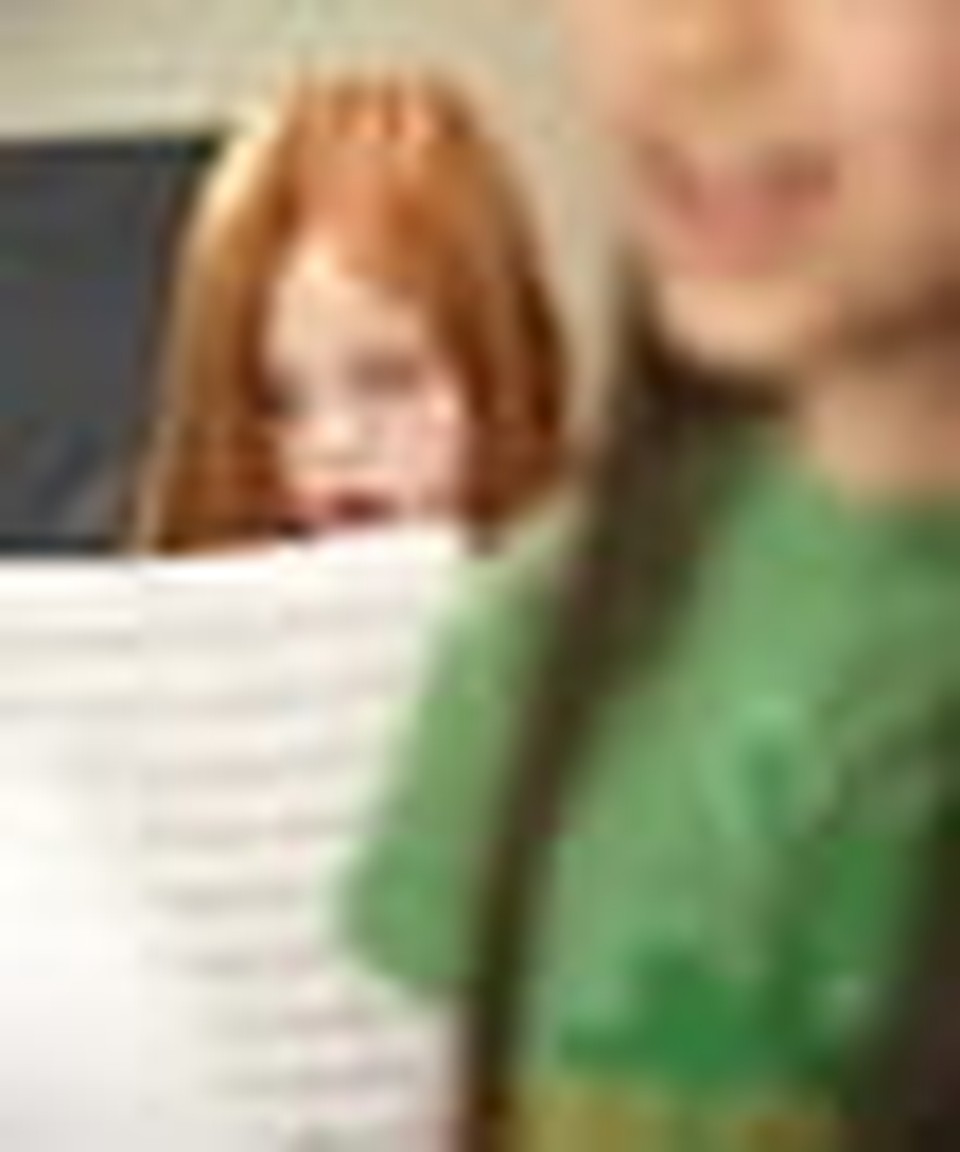If You Can Sing It, You Can Write It!

I love to read poetry! Trying to uncover the poet’s theme and discovering the different types of figurative language used by the poet are just some of the reasons of why I enjoy this genre. To me, poetry is very much like an onion. Each reading of the poem requires the scholar to peel off another layer—only to discover more meaning and more questions to solve. However, writing poetry can be intimidating, especially if comparing one’s writing skills to poets such as Robert Frost, Emily Dickinson, and Walt Whitman. I have to wonder, How does one become our nation’s Poet Laureate? Each of these esteemed poets must have started somewhere; certainly, they explored different types of poetry such as haikus, a type of Japanese poetry, or experimented with a variety of rhyme schemes: couplets, triplets, and quatrains?
As parents, we want our children to value and gain insight from all genres of writing. Acquiring knowledge of both the history and culture found in poetry is another way to achieve a greater understanding of worldviews. I also believe students should personally experience the composition of poetry, which is the most simplified, condensed form of rhythmic, emotion-provoked writing. Now the final question is, How do we teach our children that writing poetry can be fun?
First, it is important to realize that writing poetry is developmental. Typically, most children, during their early elementary years, do not start off by writing poetry loaded with figurative language and complex meaning. Children first need to be immersed in literature, particularly books that encourage rhyme, rhythm, and new vocabulary.
Even though many question the true meaning behind nursery rhymes, these entertaining little poems are pleasing to every child’s ear. Their easy rhymes and foot-stomping rhythms make reading time more enjoyable. Some of these have even been put to catchy tunes. In fact, after reading these poems to my own children for the last twelve years, I find myself putting my own music to these Mother Goose rhymes. It is not unusual for me to start a nursery rhyme and stop in the middle, leaving one of my children to finish a line from the poem. If the child ends up putting in a different rhyming word, that just allows him or her to experiment more with the English language! We also do a lot of reading these poems aloud together, known as choral reading, which encourages children to hear how phrases are being said and definitely improves reading fluency.
Reading the works of other poets, such as Shel Silverstein and Dr. Seuss, will also develop a child’s ear for rhythm and rhyme. For those of you who have a designated homeschooling room, consider putting up a word wall. Any time an unfamiliar word emerges from reading, write that word on an index card, discuss the meaning, and brainstorm examples to connect this new word with your child’s vocabulary. Later, your children can use these words in their own poetry constructions.1
Example 1
Twinkle, Twinkle, Little Star Sprinkle, Sprinkle, Little Drops
By Jane Taylor By Jake and Jonah Padgett
Twinkle, twinkle, little star, Sprinkle, sprinkle, little drops,
How I wonder what you are. How I wonder when you’ll plop.
Up above the world so high, Up above the clouds so spry,
Like a diamond in the sky. Like an island floating by.
Twinkle, little star, Sprinkle, sprinkle, little drops,
How I wonder what you are! How I wonder where you’ll plop!
When the blazing sun is gone, When the sparkling moon does shine,
When there’s nothing he shines upon, And the raindrops dance and dine.
Then you show your little light, Then you’ll show your sparkling glow,
Twinkle, twinkle, through the night. To all the world, down below.
Twinkle, twinkle, little star, Sprinkle, sprinkle, little drops,
How I wonder what you are!2 I can’t wait to hear you stop!
One night, after dinner, while trying to write this article, I decided to see if my boys, aged 9 and 12, would be able to take a simple song such as “Twinkle, Twinkle, Little Star” and put new words to it. This activity was hard for my 9-year-old, as I had suspected it would be; however, when we began to write the above poem together, it became a delightful family activity! I had my laptop opened to two pages: thesaurus.com and wikirhymer.com. By orally writing this poem, my sons were able to see not only how a poem could be put together, but they were also able to hear me verbalize the writing process that was occurring inside my head as we constructed this poem. Later on, we tried this same process using a Christmas song.
Example 2
Jingle Bells Slipping Sleds
By James Pierpoint By the Padgett Children
Dashing thro’ the snow, Flying down the hill
In a one horse open sleigh, In a bright, red shiny sled
O’er the hills we go, Atop the cliffs we climb
Laughing all the way; Huffing all the time
Bells on bobtails ring, Scarves on necks do flap
Making spirits bright, Making feelings warm
Oh what sport to ride and sing Oh what fun to slip ’n’ slide
A sleighing song to night.3 In a snow-white, winter storm.
Several days later, my youngest daughter came home with a children’s book titled The Itsy Bitsy Spider by Iza Trapani. Trapani took this childhood song and wrote six additional poetic verses that told the life story of a spider. So, in actuality, this poet wrote a narrative poem. Below is just one of the stanzas. One can only imagine the writing possibilities for our children by simply using familiar songs!
Example 3
The Itsy Bitsy Spider The Itsy Bitsy Spider
Original Author Unknown By Iza Trapani
The itsy bitsy spider The itsy bitsy spider
Climbed up the water spout. Climbed up the kitchen wall.
Down came the rain Swoosh! Went the fan
And washed the spider out. And made the spider fall.
Out came the sun Off went the fan
And dried up all the rain. No longer did it blow.
So, the itsy bitsy spider So, the itsy bitsy spider
Climbed up the spout again.4 Back up the wall did go.5
The examples above are very simplistic in nature and are geared for the later years in elementary school. Because homeschooling is all about family learning, this is a great way to sit around the table and explore the English language together. Teaching children to write poems based on a familiar song adds another tool to their tool belt of writing. Each of us develops our own style of composition by studying others’ creativity.
Eventually, once your children are confident in writing poems with a definite rhyme scheme, they can explore other rhyme schemes (haiku, diamante) and also begin to experiment with free verse poetry. Remember, if you can sing it, than you can write it, too!
Jennifer L. Padgett, M.Ed. has been a secondary educator in the fields of writing and literacy for eighteen years. When not homeschooling or teaching a night class, Jennifer is pursuing her two passions: adoption advocacy and freelance writing. One may read more about her family’s adventures at thewriteheart.com or find her on facebook.
Endnotes:
1. www.teacher-support-force.com/teaching-children-to-write-poetry.html, accessed June 7, 2012.
2. www.kididdles.com/lyrics/t023.html, accessed June 9, 2012.
3. suite101.com/article/words-to-jingle-bells--christmas-song-lyrics-a308225, accessed June 9, 2012.
4. www.babycenter.com/0_lullaby-lyrics-itsy-bitsy-spider_6729.bc, accessed June 19, 2012.
5. Trapani, Iza. “The Itsy Bitsy Spider.” Whispering Coyote Press, Inc., Danvers, Massachusetts: 1993.
Copyright 2012, used with permission. All rights reserved by author. Originally appeared in the November 2012 issue of The Old Schoolhouse® Magazine, the family education magazine. Read the magazine free at www.TOSMagazine.com or read it on the go and download the free apps at www.TOSApps.com to read the magazine on your mobile devices.
Publication date: October 4, 2013
Originally published October 07, 2013.





